Main Takeaway from the Comparison:
- Modern land clearing techniques offer advantages in terms of efficiency and safety compared to traditional methods. Grubbing and dozing allow for large-scale clearing, but can also pose challenges such as soil compaction and erosion. Burning can be a quick way to clear land, but it comes with the risk of wildfires and air pollution.
- Hand clearing, although selective, can be time-consuming and labor-intensive. However, it is a more environmentally-friendly option as it minimizes damage to the surrounding ecosystem. Mulching offers benefits such as erosion control and soil enrichment, making it a sustainable choice for land clearing.
- When choosing the right land clearing technique, factors such as the size of the area, environmental considerations, and desired outcome should be taken into account. It is important to evaluate the pros and cons of each technique and consider maintenance considerations to ensure the long-term sustainability of the cleared land.
Introduction: Traditional vs. Modern Land Clearing Techniques
Traditional vs. Modern Land Clearing Techniques: A Comparative Analysis
Land clearing techniques have evolved significantly over the years, with traditional methods giving way to more modern and efficient approaches. This article aims to explore the key differences between traditional and modern land clearing techniques, shedding light on the advantages and disadvantages of each.
Traditional land clearing techniques often involve manual labor and primitive tools like axes, machetes, and controlled burning. These methods have been relied upon for centuries and are deeply rooted in cultural practices and local knowledge. However, they can be time-consuming, labor-intensive, and may have negative environmental impacts.
On the other hand, modern land clearing techniques utilize advanced machinery, such as bulldozers, excavators, and mulchers, to expedite the clearing process. These methods offer increased efficiency, precision, and safety. They also allow for better preservation of trees and natural habitats, minimizing ecological disturbances.
Furthermore, modern land clearing techniques often prioritize sustainable practices and ecological considerations. Measures like selective clearing, which involves removing specific vegetation while preserving others, help maintain biodiversity and protect fragile ecosystems. This shift towards environmentally-friendly approaches highlights the importance of responsible land management in today’s society.
It is worth noting that while modern land clearing techniques offer numerous advantages, they also come with their own set of challenges. Machinery can be costly to operate and maintain, and improper usage may result in soil erosion, habitat destruction, and other unintended consequences. Therefore, it is crucial to strike a balance between the benefits of modern techniques and the need for responsible land stewardship.
According to a study conducted by the International Journal of Environmental Research and Public Health, modern land clearing techniques have led to increased efficiency and reduced labor requirements, contributing to overall productivity gains in the agricultural and construction sectors. The study emphasizes the importance of adopting modern techniques while ensuring sustainable practices to achieve optimal land use outcomes.
The Advantages and Challenges of Grubbing and Dozing
Grubbing and dozing, the traditional and modern land clearing techniques respectively, offer unique advantages and challenges. Firstly, grubbing involves manually removing vegetation and roots, allowing for more precise land preparation. Secondly, dozing, which uses heavy machinery, is faster and more efficient in clearing large areas. Additionally, grubbing allows for the salvage of trees and other materials, reducing waste. On the other hand, dozing can result in the destruction of vegetation and habitats. Moreover, both techniques require careful planning and consideration of the environmental impact. By understanding the advantages and challenges of grubbing and dozing, landowners can make informed decisions about the most suitable approach for their specific needs. Don’t miss out on the opportunity to optimize land clearing techniques and preserve ecosystems by making the right choice.
The Pros and Cons of Burning
Burning: Pros and Cons
Burning, a traditional land clearing technique, has both advantages and disadvantages. Let’s explore the pros and cons in a succinct and informative manner.
- Efficiency: Burning can quickly clear large areas of land, saving time and effort in the land clearing process.
- Cost-effective: Burning is often a more affordable option compared to modern land clearing techniques that require heavy machinery and manpower.
- Nutrient recycling: Burning can release nutrients from burned vegetation back into the soil, enhancing fertility for future plant growth.
- Controlled burn: When executed properly, controlled burning can help prevent uncontrolled wildfires by reducing excessive amounts of flammable materials.
- Ecological impact: Burning can play a role in maintaining certain ecosystems and promoting biodiversity in fire-dependent habitats.
- Air pollution: The main drawback of burning is the release of smoke and harmful pollutants into the air, which can have negative effects on air quality and human health.
In addition to the pros and cons listed above, it’s important to note that burning should be conducted with caution and following regulations to minimize environmental risks and ensure safety.
Pro Tip: Before opting for burning as a land clearing technique, carefully consider the local environmental conditions and seek guidance from experts or authorities to make an informed decision.
Hand Clearing: The Selective and Time-Consuming Option
Hand Clearing: A Method That Requires Selection and Patience
Hand clearing is a technique that involves selectively removing vegetation by hand, making it a meticulous and time-consuming option. This method requires individuals to carefully choose which plants to remove and which to keep, resulting in a more controlled and precise outcome. By manually clearing the land, it allows for a greater level of selectivity compared to other techniques that may involve machinery or chemicals.
The process of hand clearing involves individuals physically removing vegetation by hand, including roots and stems, to effectively clear the land. This method is often chosen in areas where precision is key, such as when preserving certain plant species or removing invasive plants. Hand clearing ensures that only the desired vegetation is removed, preserving the integrity of the ecosystem and maintaining biodiversity.
One unique aspect of hand clearing is the level of attention and care required during the process. Each plant must be evaluated individually, considering its impact on the environment and the overall desired outcome. This level of detail and consideration cannot be replicated by other land clearing methods, making hand clearing a valuable option when selectivity is of utmost importance.
In a rural area in North America, a small group of conservationists embarked on a hand clearing project to restore a local forest. They carefully selected which trees to remove to encourage natural regeneration and enhance the habitat for local wildlife. Despite the time-consuming nature of the project, the dedication and passion of the team resulted in a successful restoration effort, showcasing the effectiveness and importance of hand clearing in land management.
The Benefits of Mulching
Mulching: Nature’s Blessing for Sustainable Land Clearing Mulching offers numerous advantages when it comes to land clearing. Here are four key benefits of this eco-friendly technique: – Retains Moisture: Mulching helps to conserve soil moisture by preventing evaporation. By creating a protective layer on the soil surface, it reduces water loss and enables plants to access essential moisture for longer periods, especially during dry spells. – Suppresses Weeds: One of the significant benefits of mulching is its ability to inhibit weed growth. The layer of mulch acts as a barrier, preventing sunlight from reaching the weed seeds. As a result, it suppresses weed germination and growth, reducing the need for herbicides or manual weed removal. – Enhances Soil Health: Mulching improves soil fertility by gradually decomposing and enriching the soil with organic matter. This process promotes nutrient availability, enhances soil structure, and increases its capacity to retain essential nutrients, contributing to healthier plant growth. – Protects Against Erosion: Mulch acts as a shield, safeguarding the soil from erosion caused by wind and heavy rainfall. It creates a barrier that prevents soil particles from being carried away, preserving the integrity and fertility of the land. Additionally, mulching offers further advantages, such as temperature moderation, which helps regulate soil temperature and protect plants from extreme heat or cold without the need for artificial measures. A real-life application of mulching‘s benefits can be witnessed in a local community garden. The gardeners implemented a mulch layer to conserve water and suppress weed growth. The results were astounding, with reduced water consumption, minimal weed infestation, and overall improved plant health. This success story highlights how mulching can revolutionize land clearing practices and contribute to sustainable and eco-friendly land management.
Maintenance Considerations for Land Clearing Techniques
Maintenance Considerations for Land Clearing Techniques:
Proper and efficient maintenance is essential when it comes to land clearing techniques. It is important to consider the long-term consequences and sustainability of the chosen method. By diligently assessing the maintenance requirements, potential issues can be identified and addressed promptly, minimizing any negative impacts on the environment and surrounding areas.
Adhering to maintenance considerations for land clearing techniques ensures that the chosen approach remains effective throughout the entire clearing process. Regular evaluation and monitoring help to identify any necessary adjustments or improvements that need to be made. This proactive approach allows for the successful completion of the land clearing project while minimizing any potential setbacks or delays.
Additionally, factor in ongoing maintenance requirements to ensure the long-term stability and functionality of the cleared land. By considering aspects such as erosion prevention, vegetation management, and potential soil degradation, appropriate measures can be implemented to maintain the cleared area’s integrity. Regular inspections and maintenance activities will ensure that the land remains in optimal condition and can support future land use plans effectively.
One real-life example of the importance of maintenance considerations involves a land clearing project in a remote area. After the initial clearing, adequate erosion control measures were not put in place. As a result, heavy rainfalls caused significant soil erosion, leading to the destruction of nearby waterways and habitats. This situation could have been prevented by properly assessing and implementing maintenance practices to prevent erosion and protect the surrounding environment.
In summary, the consideration of maintenance is crucial in land clearing techniques. By staying diligent in evaluating and addressing maintenance needs, potential issues and negative consequences can be mitigated. Through proper planning and ongoing maintenance, the cleared land can be preserved and utilized sustainably, ensuring its long-term functionality and ecological health.
Conclusion: Choosing the Right Land Clearing Technique
Choosing the Optimal Land Clearing Approach
Determining the most suitable land clearing technique is crucial. Different considerations such as environmental impact, efficiency, and cost-effectiveness must be taken into account. By evaluating traditional and modern approaches, one can make an informed decision that aligns with their specific requirements. Comparing factors such as equipment used, time investment, and potential damage to the ecosystem will aid in selecting the appropriate method. It is important to note that while traditional techniques may rely on manual labor and have a lower upfront cost, modern approaches utilize advanced machinery, ensuring faster and more efficient results. Additionally, employing modern methods can minimize environmental impact by reducing soil erosion and preventing harmful emissions. Given these factors, analyzing the unique details of each technique is essential for making an informed decision about land clearing.
Considering Recommendations for the Right Technique
To select the optimal land clearing technique, it is recommended to assess the specific requirements of the project. If time is of the essence, modern methods that involve mechanized equipment should be considered. They provide a significantly quicker clearing process, enabling faster project completion. However, if the area under consideration is ecologically sensitive, traditional techniques that involve manual labor may be more suitable as they reduce the risk of environmental damage. Careful evaluation of the site conditions, available resources, and project timeline will aid in selecting the most effective technique. Additionally, consulting with land clearing experts or professionals who have experience with similar projects can provide valuable guidance and insights.
Call to Action: Find Quality Attachments from Diamond Mowers.
When it comes to finding quality attachments from Diamond Mowers, you don’t want to miss out. Their range of attachments is unmatched in the market, combining traditional and modern land clearing techniques for optimal performance. With Diamond Mowers, you can access a wide variety of attachments that cater to your specific needs. From brush cutters to tree mulchers, their products deliver efficiency and precision. Don’t hesitate to explore Diamond Mowers’ selection and enhance your land clearing capabilities today.
Five Facts About Traditional vs. Modern Land Clearing Techniques:
- ✅ Grubbing and dozing is a fast-paced land clearing technique but leaves behind large holes that may require additional work and cost to fill. (Source: Team Research)
- ✅ Burning is a quick method to clear land, but it has drawbacks such as the risk of uncontrolled fires and the sterilization of the ground, making it difficult for new vegetation to grow. (Source: Team Research)
- ✅ Hand clearing is the least invasive technique, but it is time-consuming and typically used for selective clearing in small areas. (Source: Team Research)
- ✅ Mulching, using tools like mulchers, is an effective alternative to other techniques as it selectively cuts and processes vegetation while putting organic matter back on the ground, preventing regrowth of invasive species. (Source: Team Research)
- ✅ Consistent and timely management is important for the long-term maintenance of land cleared using any technique. (Source: Team Research)
FAQs about Traditional Vs. Modern Land Clearing Techniques
1. What are the advantages and challenges of grubbing and dozing as a land clearing technique?
Grubbing and dozing allow for fast-paced land clearing, covering a large area quickly. However, this technique leaves behind large holes, resulting in a rough and messy finish. To use the land for pasturing or haying, additional steps are required to fill the holes, which can be time-consuming and costly.
2. What are the potential risks and considerations of using burning as a land clearing technique?
Burning can clear land quickly, but it has several major considerations. It does not allow for selective elimination of vegetation and carries the risk of an uncontrollable fire causing damage. The heat from a fire can sterilize the ground, making it difficult to grow anything for some time. Burning also removes ground cover, increasing the potential for erosion and the establishment of invasive species.
3. How does hand clearing compare to other land clearing techniques in terms of invasiveness and time consumption?
Hand clearing is the least invasive method but also the most time-consuming. It is suitable for selective and deliberate clearing, such as creating a safe buffer for fire hazards or thinning a small area for construction purposes.
4. What are the advantages of using mulching as a land clearing technique?
Mulching, whether with disc mulchers or drum mulchers, is an excellent alternative to other methods. It allows for selective cutting and efficient processing of vegetation. It removes trees and underbrush while returning organic matter to the ground, acting as a natural barrier against regrowth of invasive species and promoting the growth of natural vegetation. It reduces the need for additional land fixing steps.
5. What is important to consider when choosing a land clearing technique?
When selecting a land clearing technique, it is crucial to recognize that all options require future maintenance. No method provides a “one and done” solution. Consistent and timely management is essential for addressing unwanted vegetation.
6. Where can I purchase attachments for land clearing, such as disc mulchers or drum mulchers?
You can buy attachments for land clearing, including disc mulchers and drum mulchers, from Diamond Mowers at your local dealer. Alternatively, you can contact Diamond Mowers directly.
Supreme Enterprises LLC
Looking for reliable land clearing solutions? Look no further! With over 16 years of experience, our skilled professionals at Supreme Enterprises specialize in land clearing. Our cost-effective solutions cater to all property types. Take the first step by calling us today at (270) 205-4108 and let us handle your land clearing needs with utmost precision and expertise


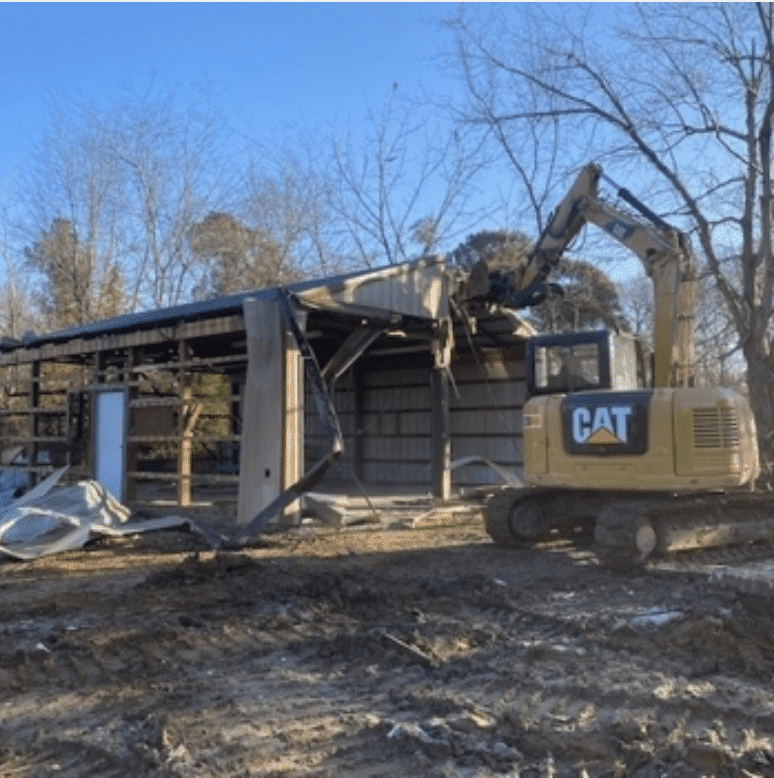
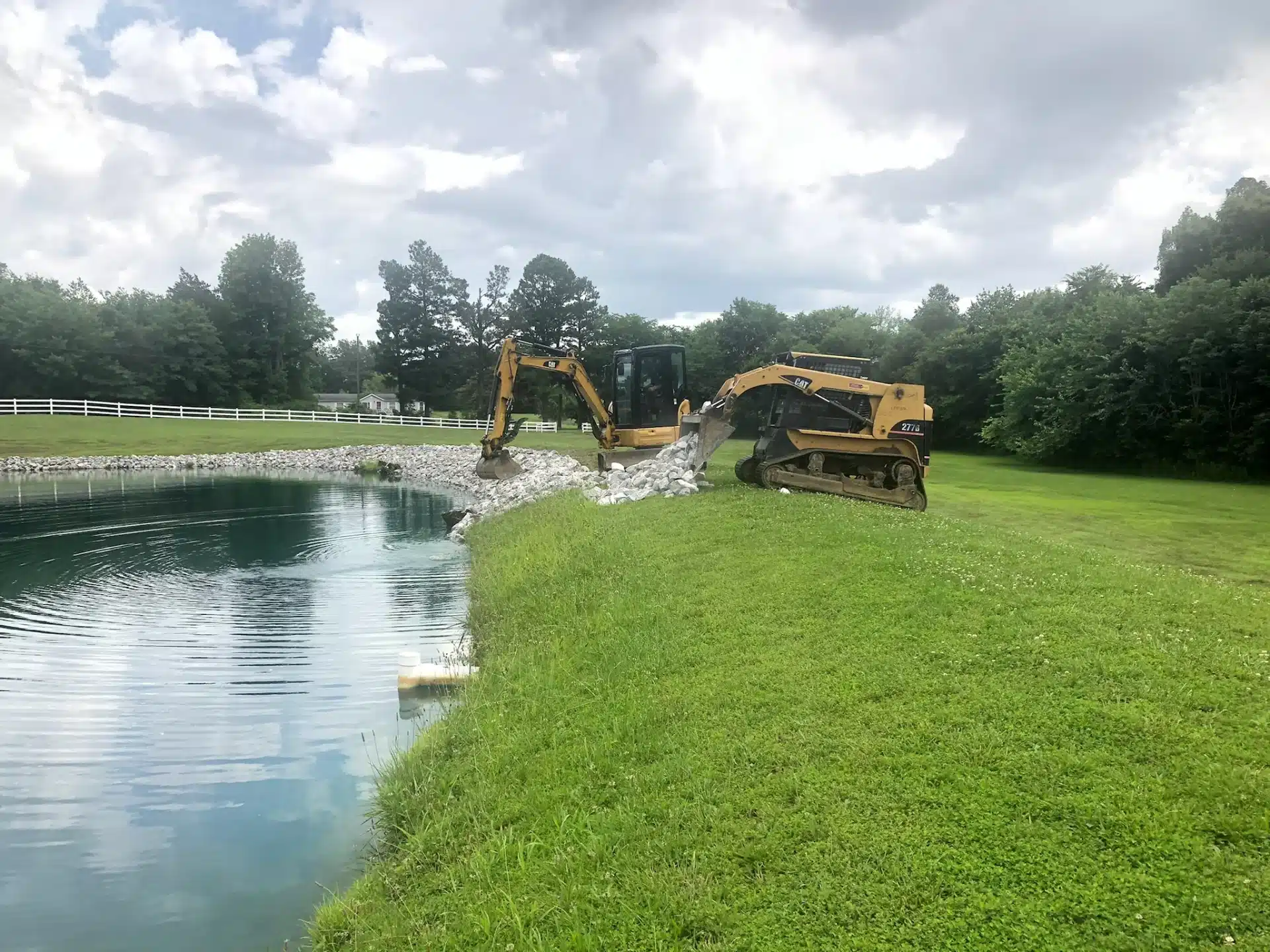
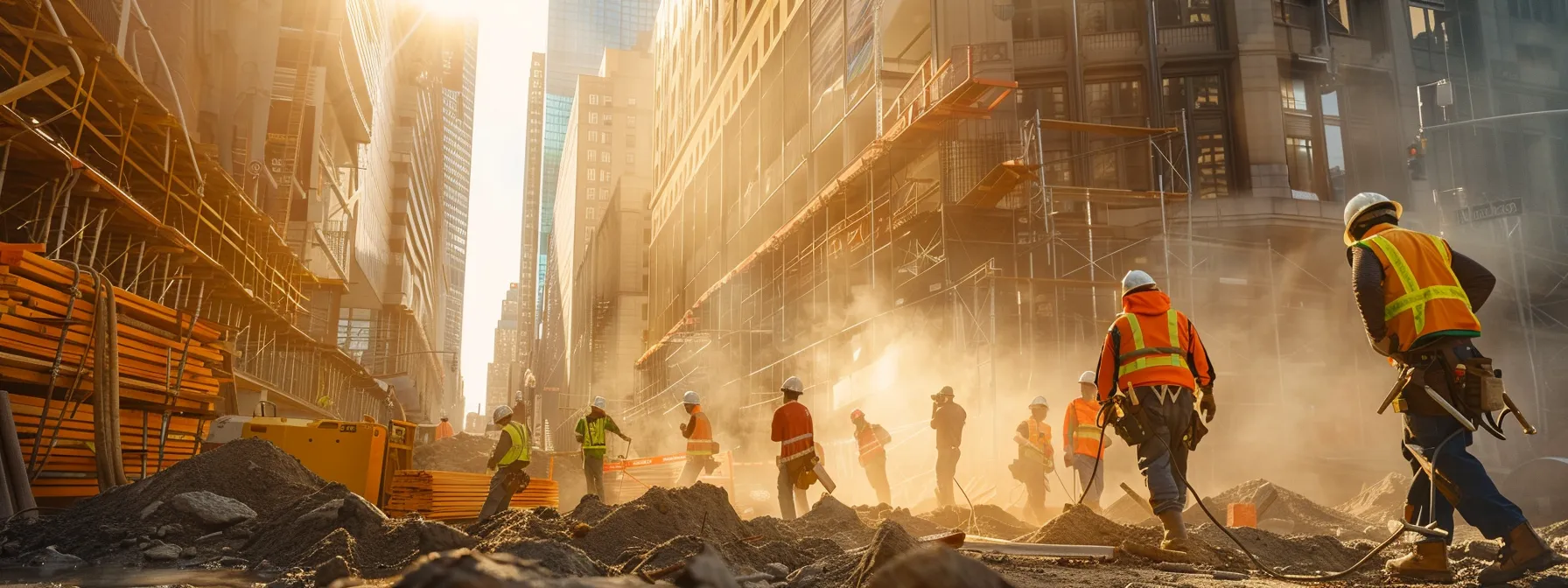
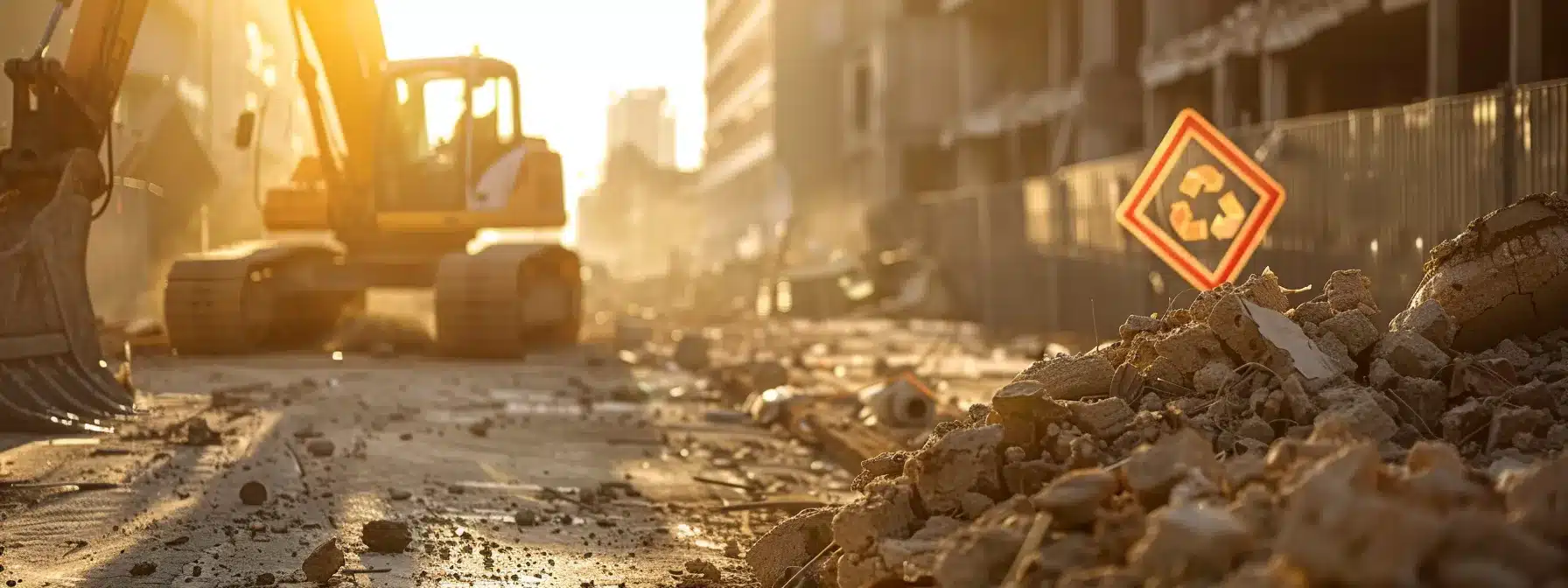

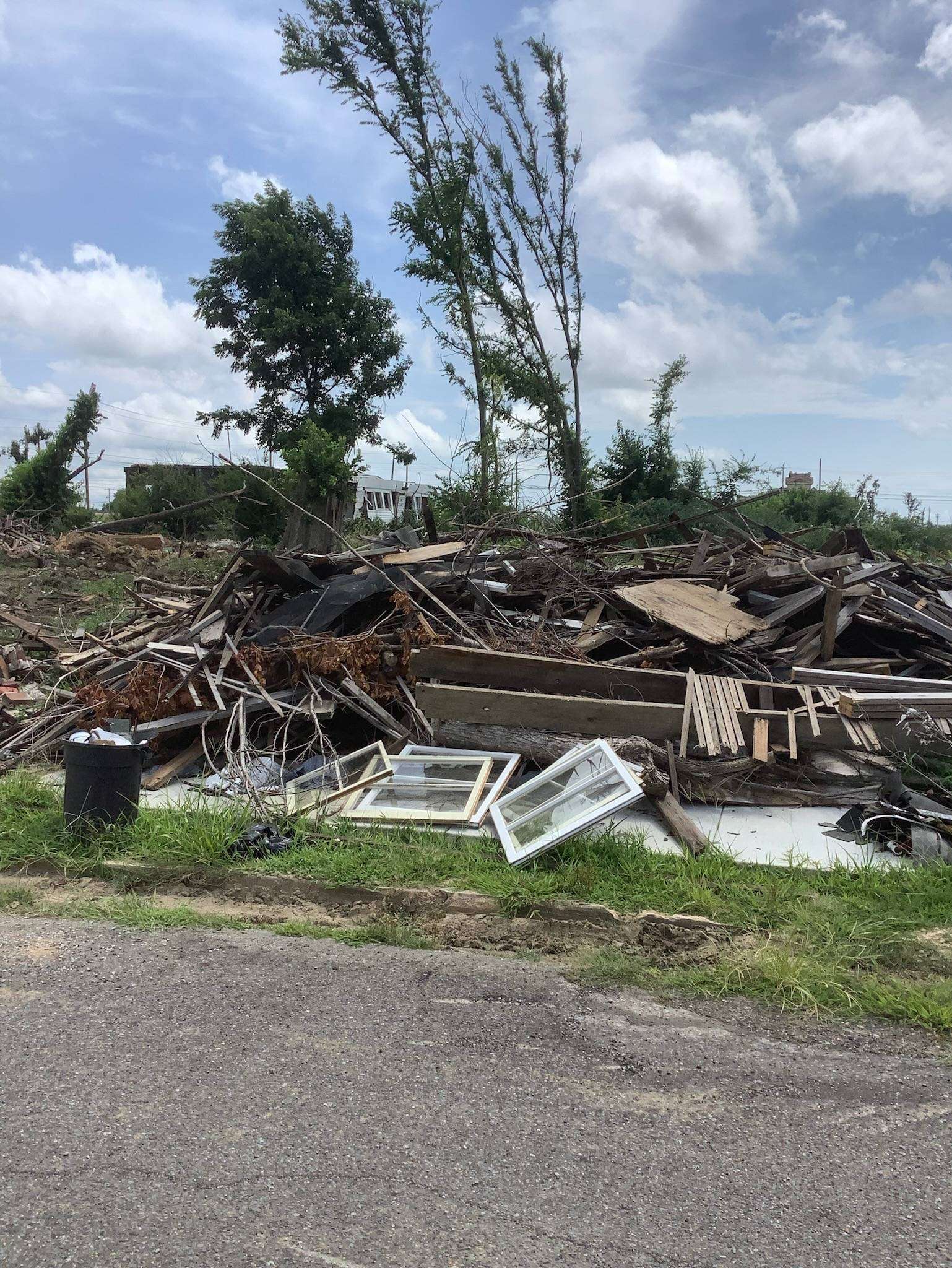






This Post Has 2 Comments
This article provides a great comparison of traditional and modern land clearing techniques! The breakdown of factors like efficiency, environmental impact, and cost is helpful for considering the best approach for a project.
I’m interested in learning more about sustainable land clearing practices. The blog mentions forest mulching as an eco-friendly option, but are there other techniques that could be effective for smaller projects, perhaps for residential landscaping needs? Knowing a wider range of sustainable options would be valuable for property owners looking to clear land responsibly.
Your article on “Traditional vs. Modern Land Clearing Techniques” provides a well-rounded comparison, highlighting the efficiency and safety of modern methods like grubbing and dozing, while acknowledging the environmental benefits and precision of traditional techniques like hand clearing and mulching.
The emphasis on evaluating factors such as area size, environmental impact, and desired outcomes is particularly valuable for landowners. Overall, it underscores the importance of balancing efficiency with ecological responsibility in land clearing practices.